The Brain on Play: How Games Like BoardGains Improve Cognitive Development
Play is more than just fun — it’s a vital ingredient for brain growth, creativity, and lifelong learning. The Brain on Play: How Games Like BoardGains Improve Cognitive Development dives into the fascinating world where entertainment meets neuroscience, showing how structured play transforms the way we think, learn, and connect with others.
Understanding the Science Behind Play
Modern neuroscience confirms what children instinctively know — play is essential for mental development. When we play, our brains engage multiple regions simultaneously, from the prefrontal cortex (responsible for planning and reasoning) to the hippocampus (memory processing center).
Studies show that playful activities enhance neuroplasticity, the brain’s ability to reorganize and form new connections. This adaptability leads to improved learning, creativity, and problem-solving. Through play, the brain practices navigating challenges, managing uncertainty, and developing flexible thinking — all crucial for success in everyday life.
What Is Structured Play and Why It Matters
Not all play is created equal. Structured play refers to guided, rule-based activities — like BoardGains — that combine enjoyment with cognitive challenge. Unlike free play, structured play provides a framework for goal-setting, strategic thinking, and cooperation.
BoardGains, for example, encourages players to think critically while interacting socially, enhancing both mental agility and teamwork. The balance between freedom and structure makes such games an ideal tool for cognitive growth.
The Role of Play in Childhood vs. Adulthood
Play evolves as we age but never loses its value. For children, it builds foundational skills like memory, coordination, and creativity. For adults, it keeps the brain sharp, lowers stress, and boosts emotional resilience. Structured games like BoardGains offer adults a powerful way to reconnect with curiosity and strategic thinking, keeping cognitive abilities flexible well into later life.
How BoardGains Stimulates Cognitive Growth
BoardGains is designed to challenge both mind and body. The combination of strategy, movement, and social interaction creates a dynamic environment that stimulates multiple areas of the brain. Every turn requires planning, observation, and adaptability — cognitive processes that improve decision-making and reasoning.
Boosting Problem-Solving and Strategic Thinking
Each game scenario in BoardGains presents unique challenges, encouraging players to evaluate options, predict outcomes, and strategize effectively. This continuous cycle of analysis and adaptation mirrors real-life problem-solving, enhancing executive functions crucial for learning and leadership.
Strengthening Memory and Concentration
Board games require remembering rules, keeping track of player moves, and recalling patterns. These tasks train the working memory — the mental workspace responsible for temporary information storage and processing. Over time, such activities improve concentration and mental stamina, leading to stronger cognitive performance.
Enhancing Spatial Awareness and Motor Coordination
The physical setup and movement patterns in BoardGains stimulate spatial reasoning — understanding and remembering the location of objects in space. Whether navigating the game board or coordinating actions, players enhance their visual-motor integration, a key skill for tasks like reading maps or solving puzzles.
Social and Emotional Benefits of BoardGains
Cognitive development doesn’t happen in isolation. Games like BoardGains also nurture social intelligence, teaching players how to collaborate, empathize, and communicate effectively.
The Power of Team-Based Play
Working together toward shared goals helps develop social cognition — the ability to interpret emotions, intentions, and behaviors. Group play fosters trust and cooperation, vital skills in both personal and professional settings.
Emotional Regulation Through Gameplay
Games inherently involve wins and losses. Learning to handle both gracefully strengthens emotional regulation and resilience. BoardGains teaches players to manage excitement, frustration, and anticipation — emotional skills that extend well beyond the board.
The Link Between Play and Neuroplasticity
Structured play activates dopaminergic pathways in the brain — circuits linked to motivation, learning, and reward. Each new challenge sparks a release of dopamine, enhancing mood and reinforcing learning. Over time, this process strengthens neural networks, supporting memory and creativity.
Educational Applications of BoardGains
Integrating Games Into Classroom Environments
Teachers can use BoardGains as a tool to promote active learning. The interactive nature of gameplay helps students grasp complex concepts, encourages participation, and builds social skills. Gamified learning environments are shown to increase engagement and retention.
BoardGains for Workplace Development
Corporate trainers are adopting structured play like BoardGains to enhance collaboration and critical thinking. These games foster creativity, problem-solving, and communication — essential for innovation and team success in modern workplaces.
Practical Ways to Incorporate Structured Play Daily
- Dedicate 20–30 minutes weekly for family or team game sessions
- Rotate between strategic, cooperative, and physical board games
- Encourage reflection after gameplay — what strategies worked or failed?
- Introduce playful breaks during work or study sessions to boost focus
FAQs About Cognitive Development and BoardGains
1. How does play improve brain function?
Play stimulates multiple brain regions, enhancing learning, memory, and emotional balance.
2. What makes structured play different from casual games?
Structured play includes goals, rules, and challenges that promote critical thinking and collaboration.
3. Can adults benefit from playing BoardGains?
Absolutely! It improves strategic thinking, reduces stress, and promotes social connection.
4. How does BoardGains help with teamwork?
It requires communication and cooperation, which build empathy and problem-solving skills.
5. Is there scientific evidence linking games to neuroplasticity?
Yes. Studies show game-based learning increases neural flexibility and cognitive resilience.
6. How often should one play for maximum cognitive benefit?
Engaging in structured play 2–3 times a week can significantly boost brain function over time.
Conclusion: Unlocking the Power of Play for a Smarter Brain
Play is not a luxury — it’s a biological necessity for a healthy, adaptable brain. The Brain on Play: How Games Like BoardGains Improve Cognitive Development shows that structured play fuels problem-solving, enhances teamwork, and strengthens mental agility. Whether for children learning new skills or adults sharpening old ones, games like BoardGains remind us that the smartest way to grow is to play.

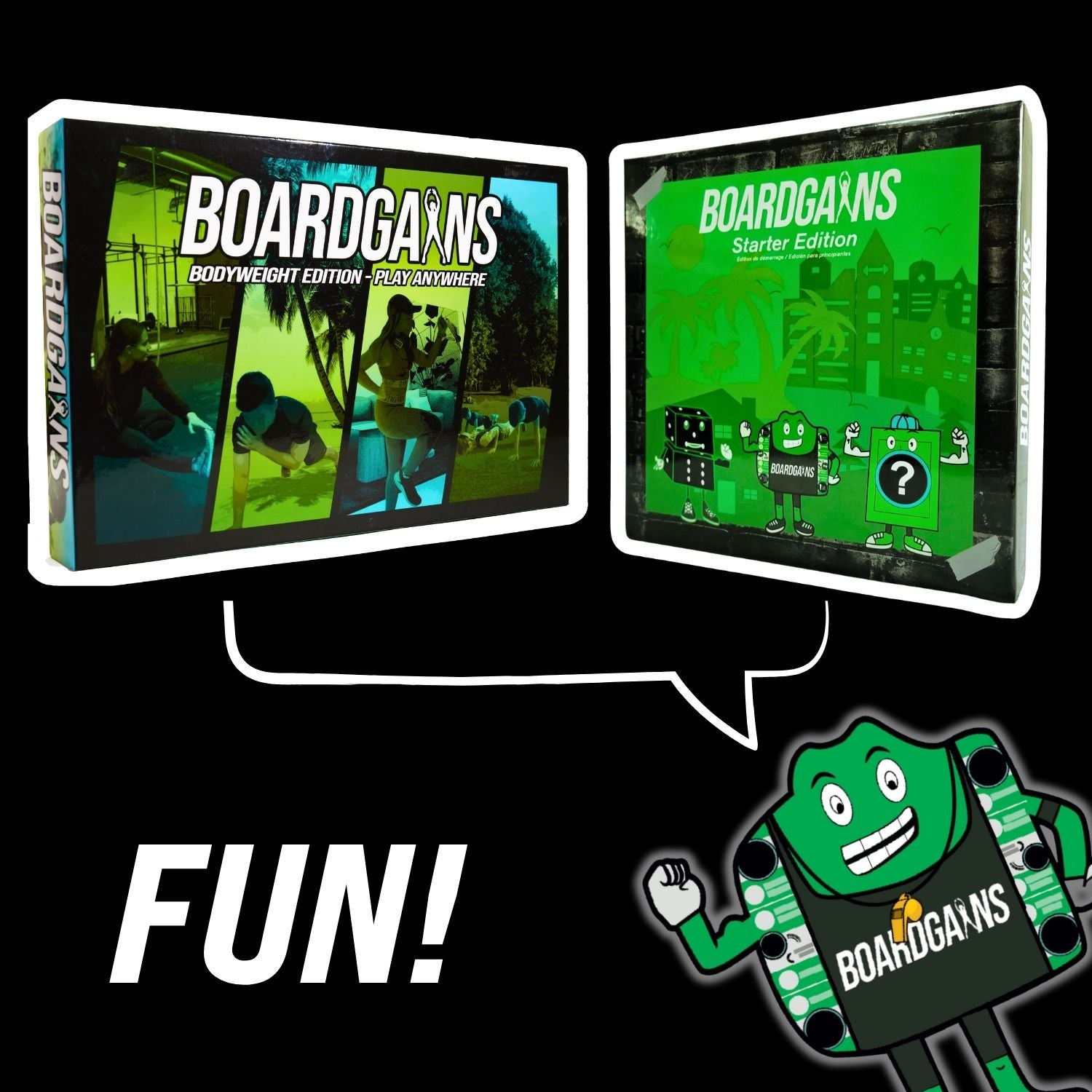
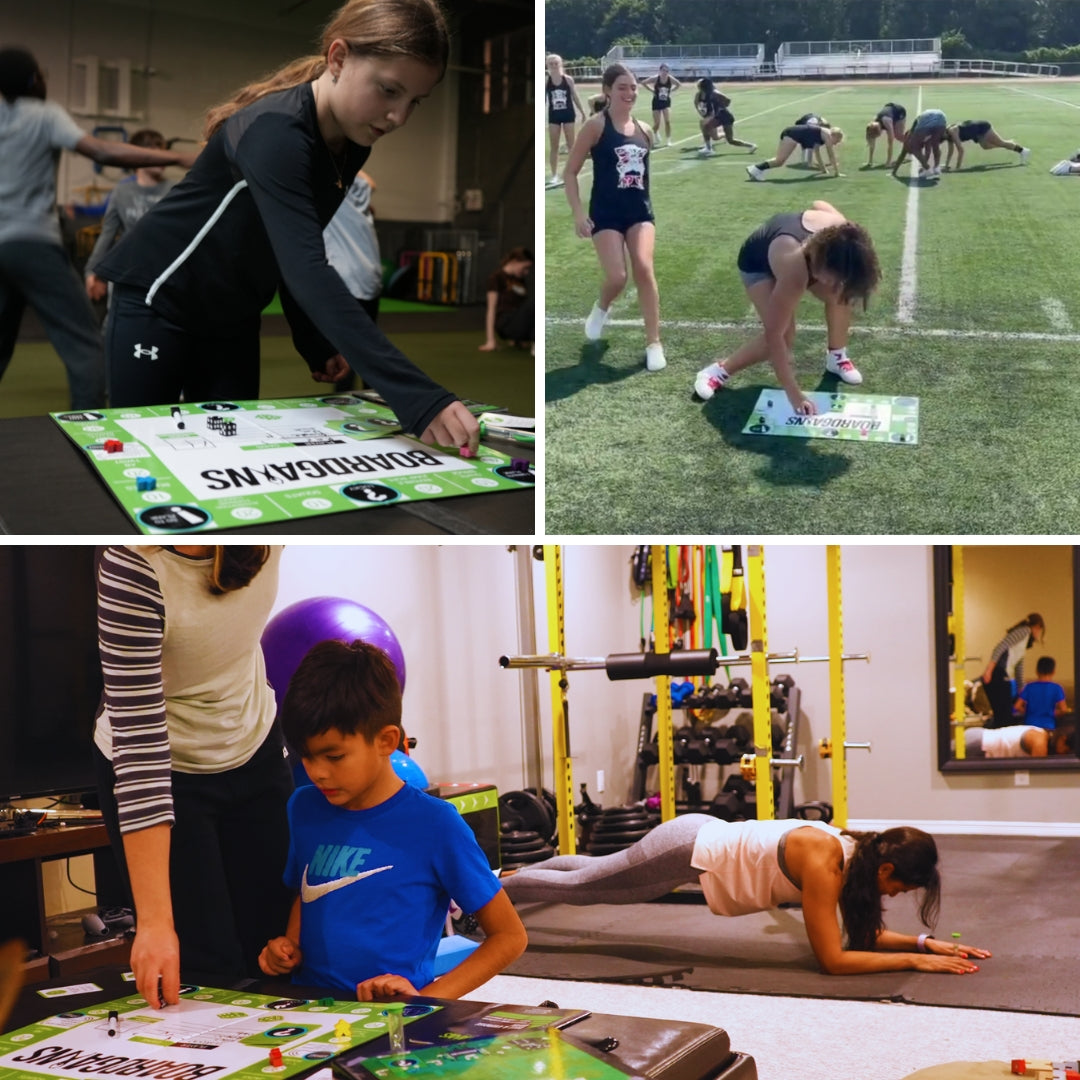
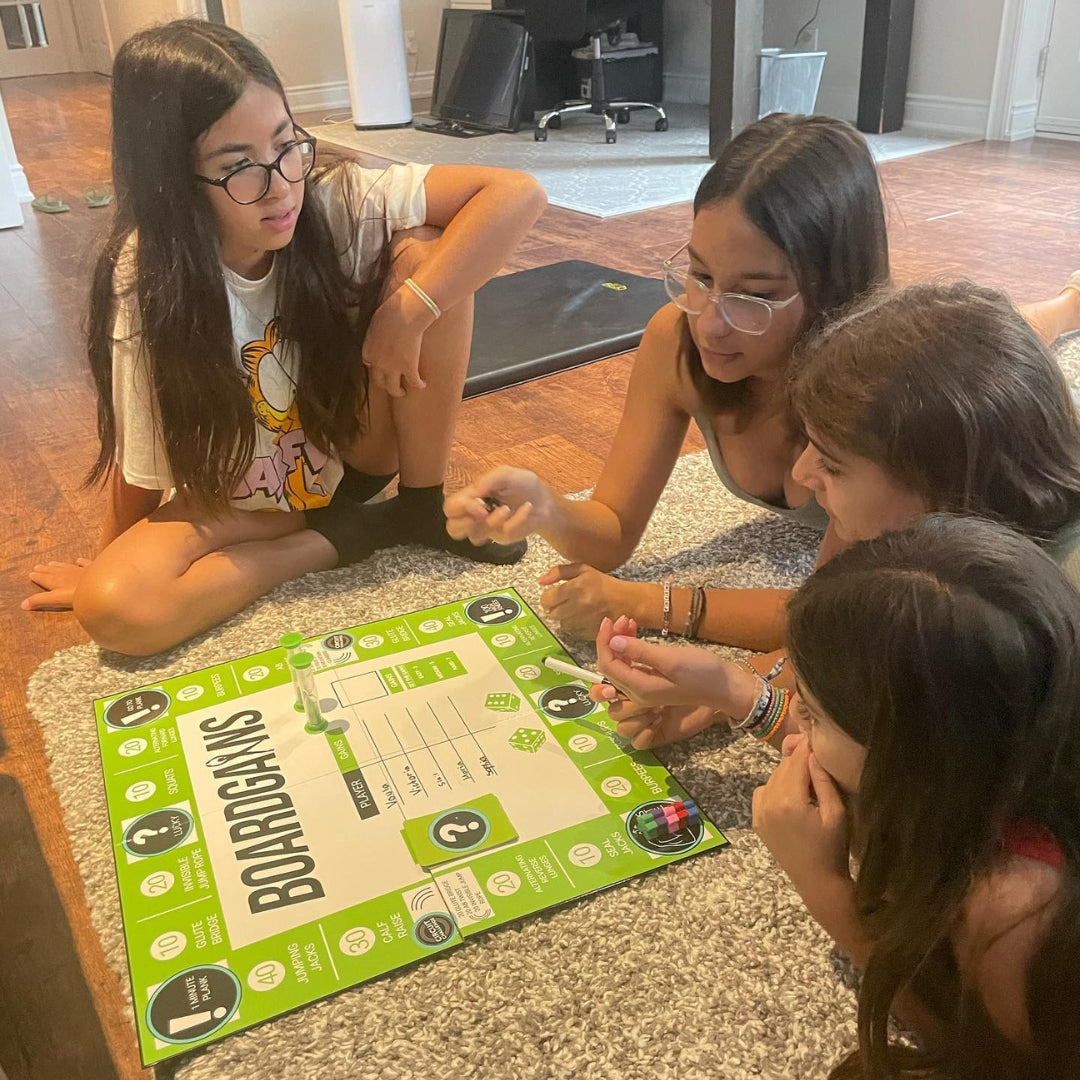
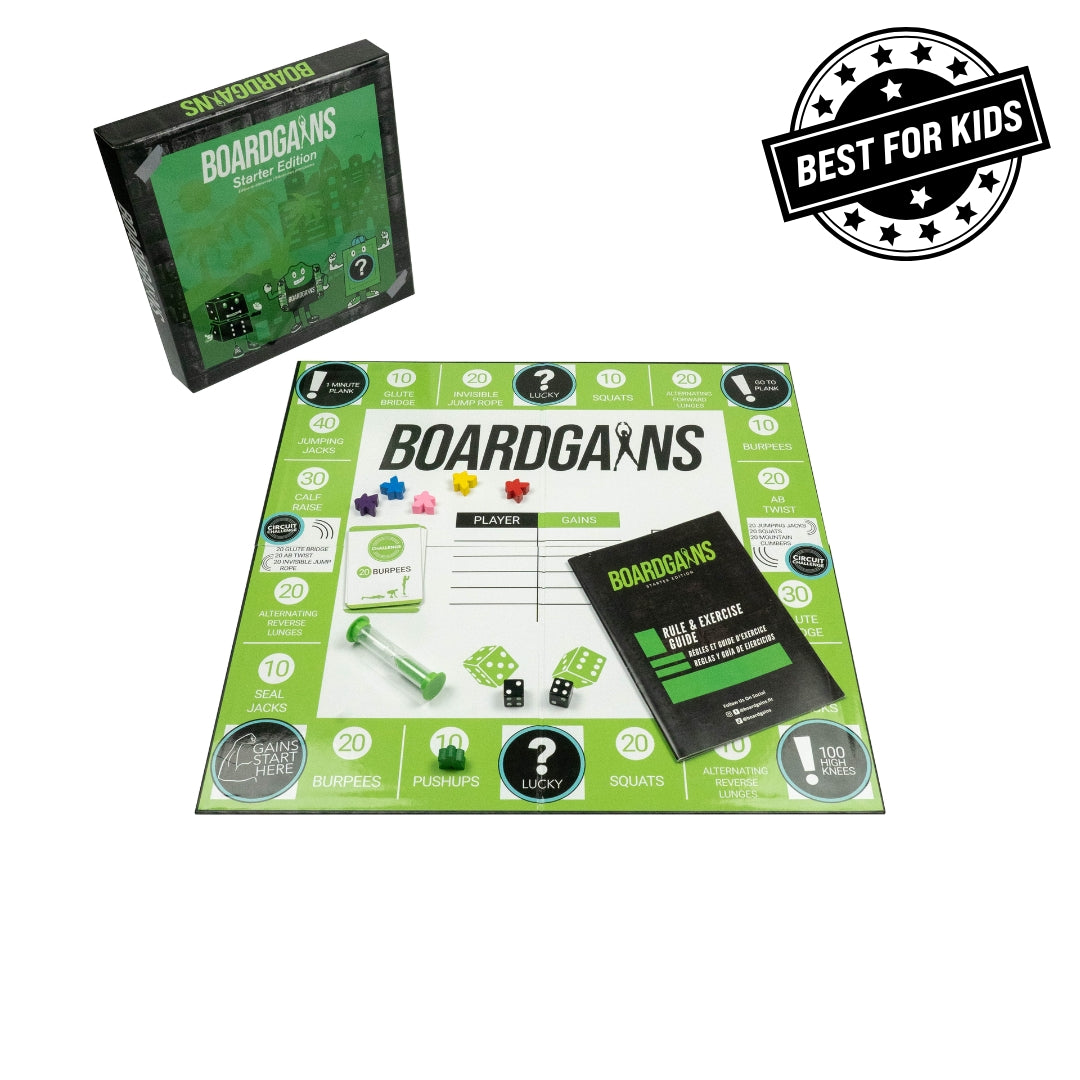
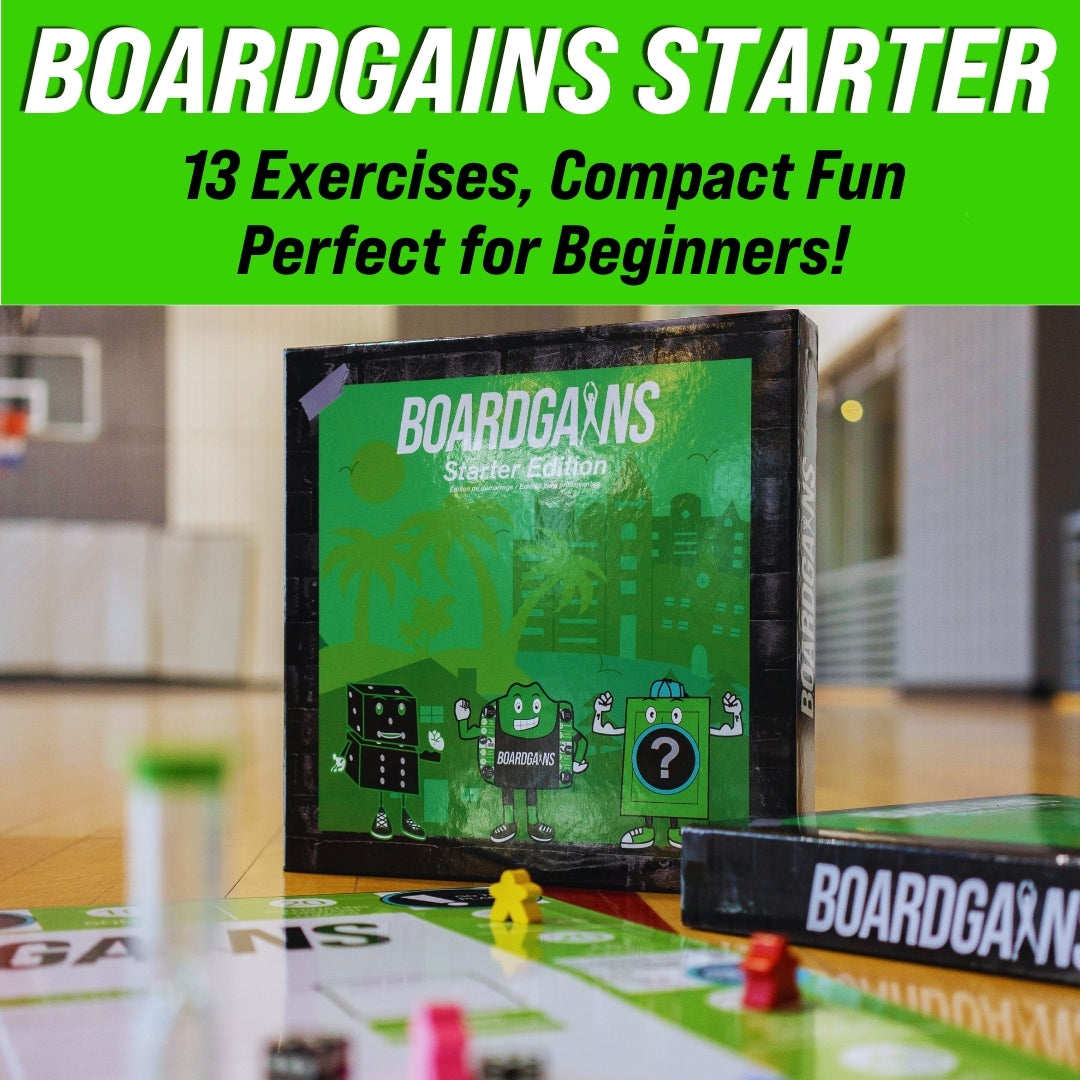
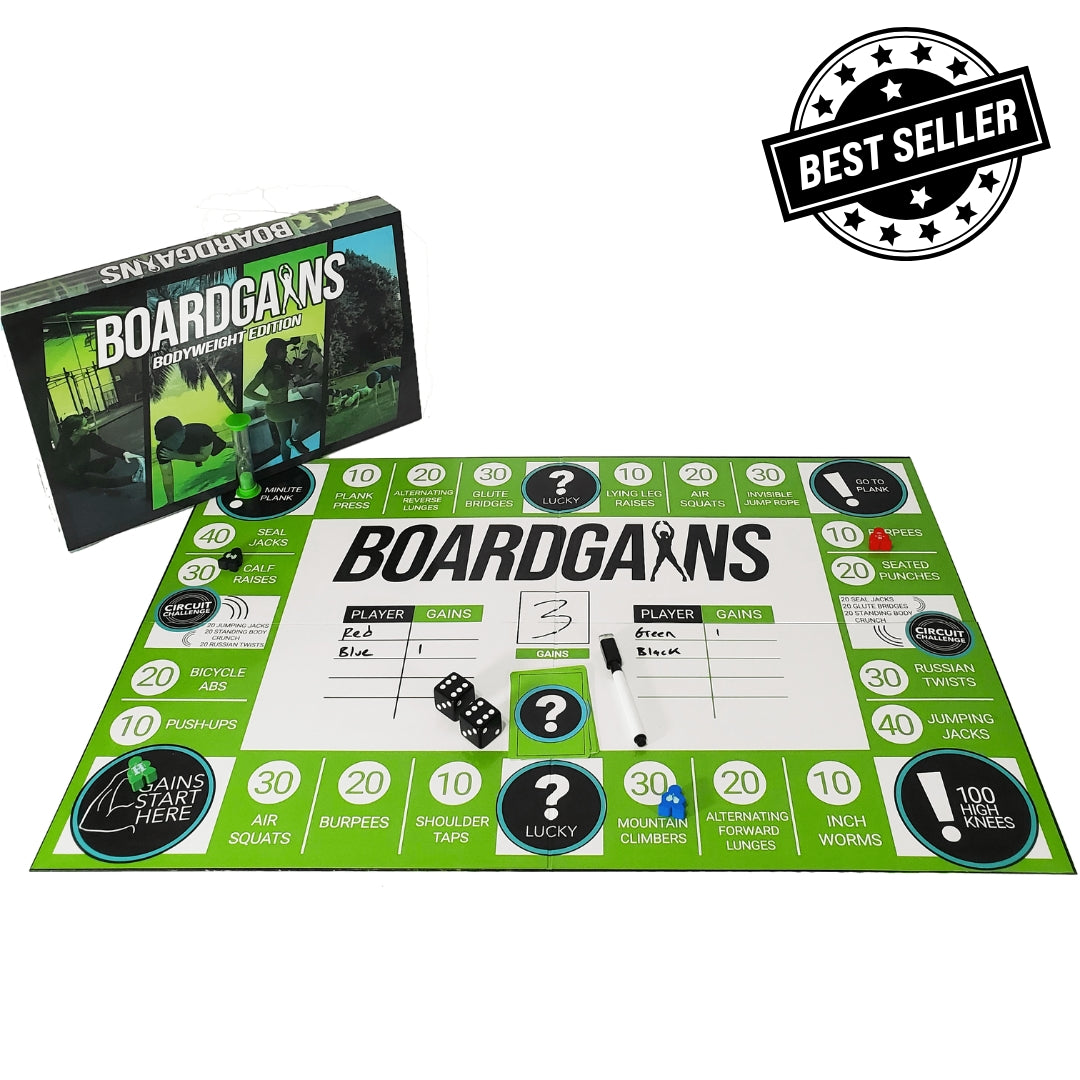

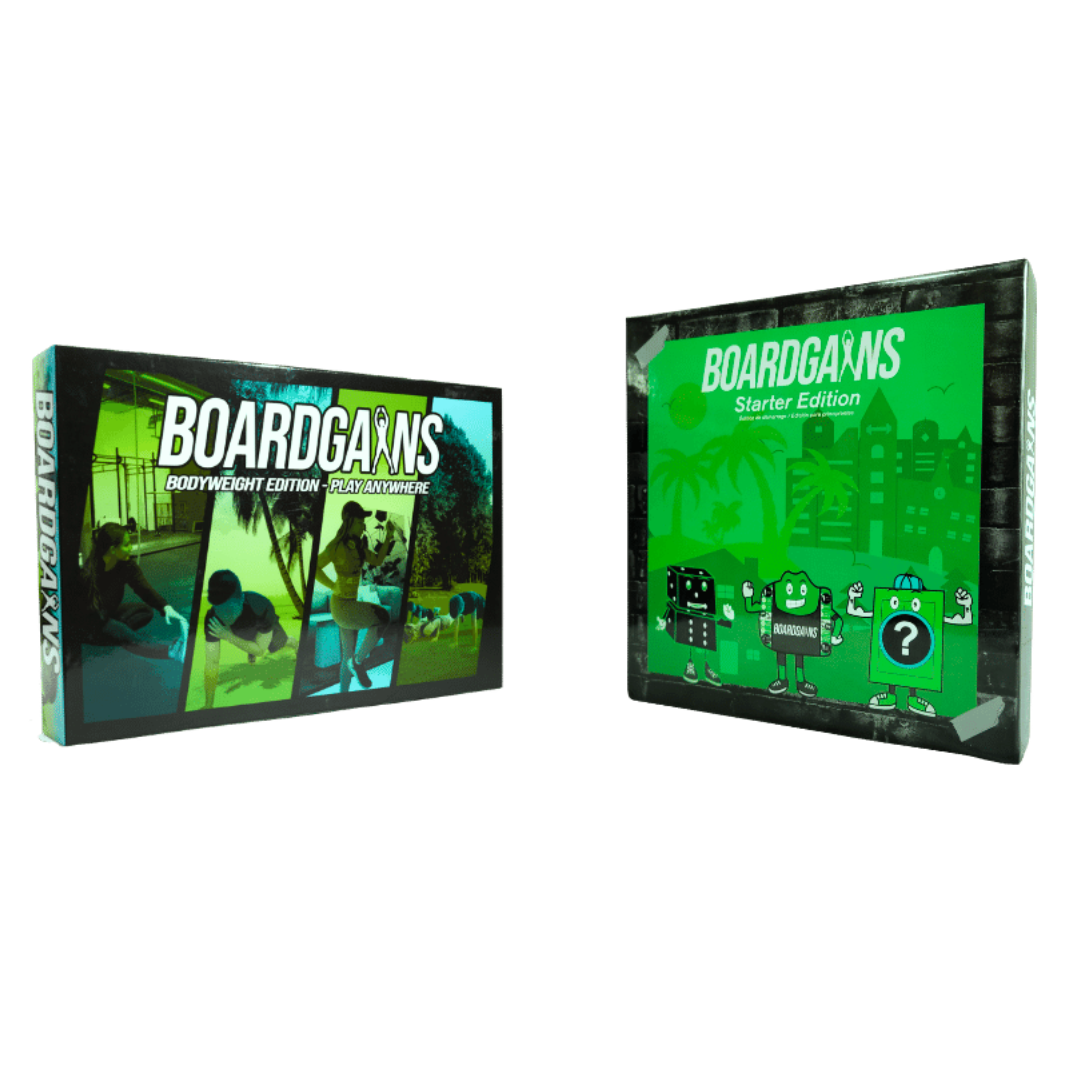

Leave a comment
This site is protected by hCaptcha and the hCaptcha Privacy Policy and Terms of Service apply.